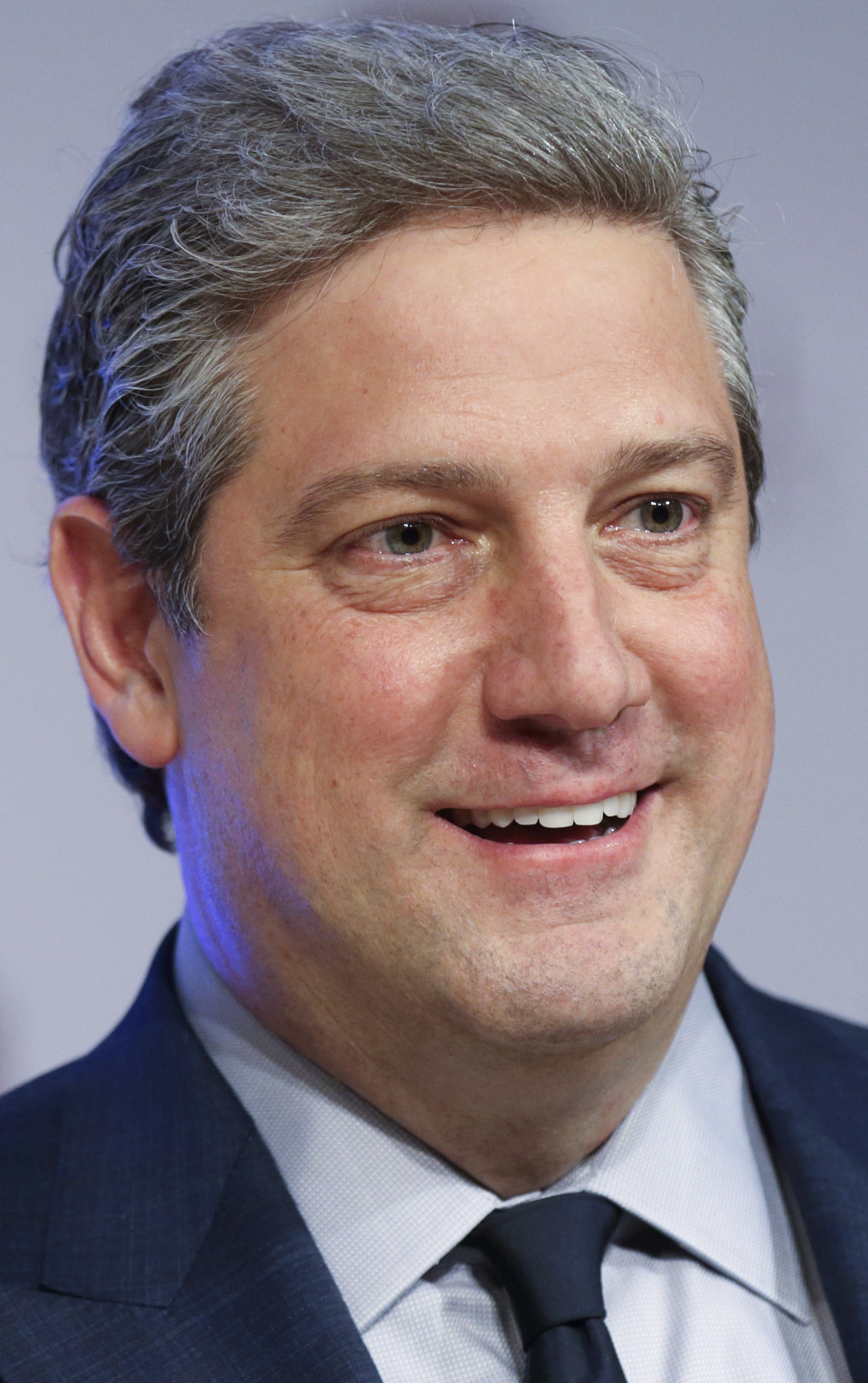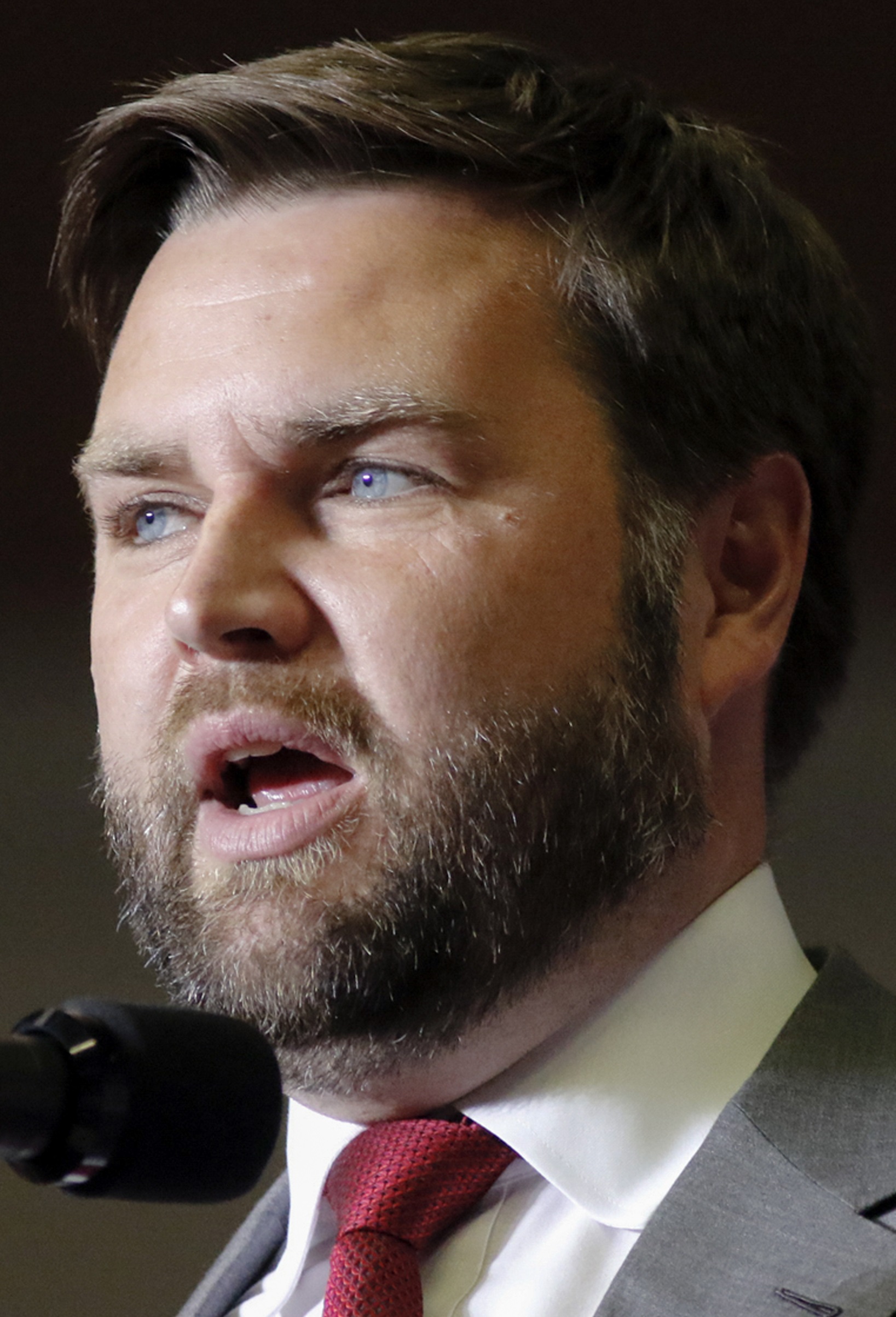
Ryan, Vance scrape state for stray votes
The final stretch of a political campaign can bring a daunting schedule, especially in tight races between candidates crisscrossing their states trying to win over as many votes as possible.
Ohio’s elections are no exception. The race between U.S. Rep. Tim Ryan (D., Youngstown area) and Republican author and venture capitalist and author J.D. Vance does not appear to have a clear favorite to win the race.
Melissa Miller, professor of political science at Bowling Green State University, said that getting out the vote is the most important focus for campaigns in the final stretch, especially because Ohio has a long window of opportunity for early voting.
“They’re trying to bank as many votes as they can among the early voters,” she said. “And then, it’s not one big turnout operation on Election Day, it’s a week-long turnout operation, so that’s been a really big change.”
She added that candidates try to reach every corner of the state because research shows that getting face-to-face with a candidate or campaign volunteer is still the most effective way to secure a vote.
While knocking on doors is an effective way to win a voter, the strategy can lack efficiency in a high-profile race, leaving candidates to turn to television and radio advertising to try and reach as many voters as possible before early and undecided voters cast their ballots.
“Tim Ryan and J.D. Vance could campaign 24/7 and meet thousands of voters where several million people are going to vote,” said Matt Dole, a longtime Ohio-based GOP consultant. “The group of undecided voters is shrinking, but still, the fastest and most efficient way to reach them and to persuade them is paid media.”
Behind all of the public appearances, plenty of strategic planning, polling, and consulting occurs about how to get the next vote.
J. Cherie Strachan, political science professor and director of the Ray C. Bliss Institute of Applied Politics at the University of Akron, said that candidates are always having conversations about what messages are resonating with voters and which ones are not.
“Polling, focus groups, any place that they can pull information about where they’re standing is to shape how to spend their money,” she said Monday. “In particular, the candidate’s time is one of the most valuable resources in a campaign, so where to send the candidate.”
Mr. Ryan has run a tight schedule in the final approach to Election Day. His weekend of activities on Oct. 21 and Oct. 22 included campaign and canvassing events in Cincinnati, Mansfield, Akron, Niles, Cleveland, Lima, and Toledo. Mapping those stops out covers 577 miles in just 32 hours.
Mr. Vance also had a heavy weekend schedule, covering nearly 400 miles in less than 30 hours. Friday saw him campaign in Medina, Hanoverton, and Marietta with U.S. Sen. Ted Cruz (R., Texas). Saturday brought him to “get out the vote” events in Gallipolis, Chillicothe, and Georgetown.
There’s also a contrast in the way the two candidates have sought to mobilize voters. Mr. Vance has deployed the likes of Mr. Cruz, former President Donald Trump and his son Donald Trump, Jr., Florida Gov. Ron DeSantis, and other well-known GOP figures to campaign with him.
Outside of a recent appearance with U.S. Sen. Joe Manchin, a moderate Democrat from West Virginia, Mr. Ryan has not had any high-profile Democrats appear on the campaign trail in the closing weeks.
That’s by design, as the candidate explained during one of his recent Toledo stops.
“I want to be the face of this campaign, I’ve done this for 18 months,” Mr. Ryan told the media after an Oct. 18 meet-and-greet event at Ottawa Park in Toledo. “We’ve done it on our own and with the grass-roots support here, and 350,000 low-dollar donors, and I’m excited about finishing it out that way.”
In the final days of the campaign, candidates have to stick to their plans and stay within their trusted circles for advice, Mr. Dole said.
“It’s really managing the candidate and saying, ‘We planned when things were calm, and we were thinking strategically,’ and candidates are not thinking strategically right now,” he said. “They want to take all advice and appease all people, so you sort of have to show the restraint to say, ‘We have a plan, we’re going to execute that plan.’”
For those involved in politics, many moving parts advance a candidate from announcement day to Election Day. They’re working with their own teams to develop their message and outside groups are working to recruit and train candidates at the local level.
Political action committees can do more than just help fund candidates. They can also help mobilize and fill in the gaps in campaigning.
Groups such as the Welcome PAC, which has endorsed 18 Democratic candidates for Ohio House of Representatives, many of them first-time candidates.
Co-founder Lauren Harper said that the group helps train candidates on how to properly advertise, communicate, and get their message through to voters who may not agree with them. Other than that, candidates are taught to be their authentic selves.
“We think authenticity wins voters over more than policy issues,” Ms. Harper said, adding that some candidates across the country have appealed to voters because of personality and attitude toward problem solving, as opposed to their specific policies. “You can have a great policy platform, but if you don’t have a great pitch or stump speech, that’s a problem.”
That authenticity can be hard to achieve for local candidates as the Senate race continues to attract attention across the country, as Ms. Strachan said.
“Partisan cues for people who are actively involved in politics have become so much stronger right now because of the polarization,” Ms. Strachan said. “It’s hard for candidates to not be sort of dragged into those national conversations about who to vote for, we’re seeing that even all the way down to school board right now.”
For lower-level races, she said, it’s still important for local candidates to focus on local issues as much as they can, she added.
“Historically, local candidates have always done better when they know their communities and they talk about the issues that people care about,” Ms. Strachan of the Bliss Institute said. “Even at local levels, we still see people relying on pollsters and consultants and help, but you just can’t avoid ... you have to know the community, you have to know what issues are bubbling up.”
Early voting in Ohio is already under way with statewide, federal, and area candidates, and issues on the ballot. Election Day is Nov. 8.
Contact Trevor Hubert at: thubert@theblade.com, or on Twitter @teohubert.


